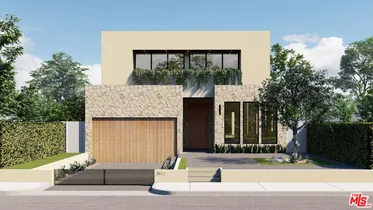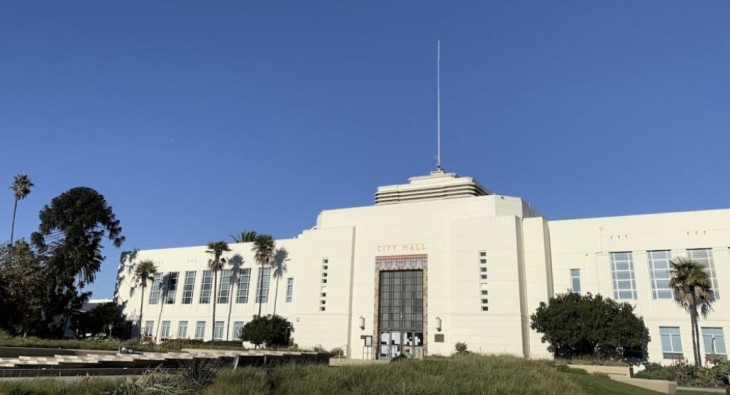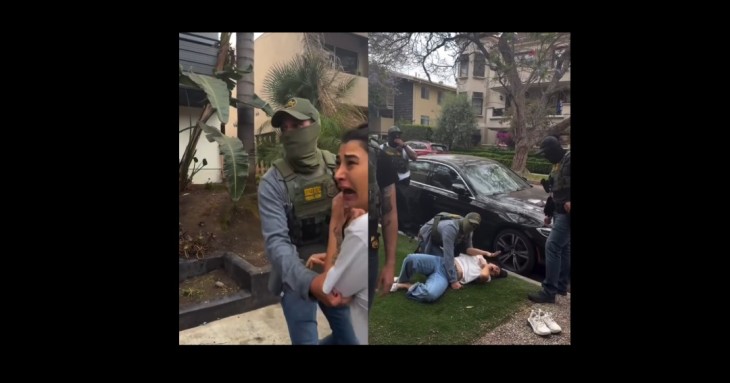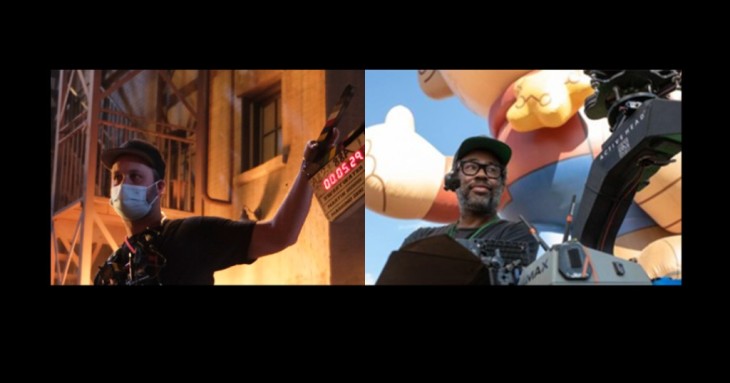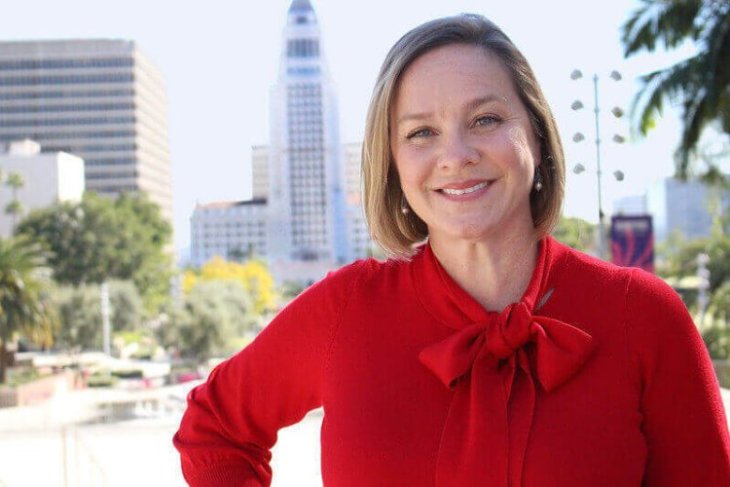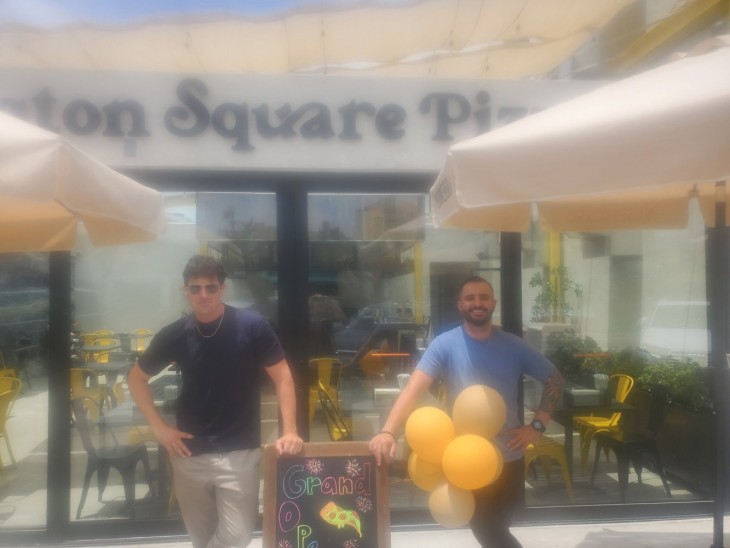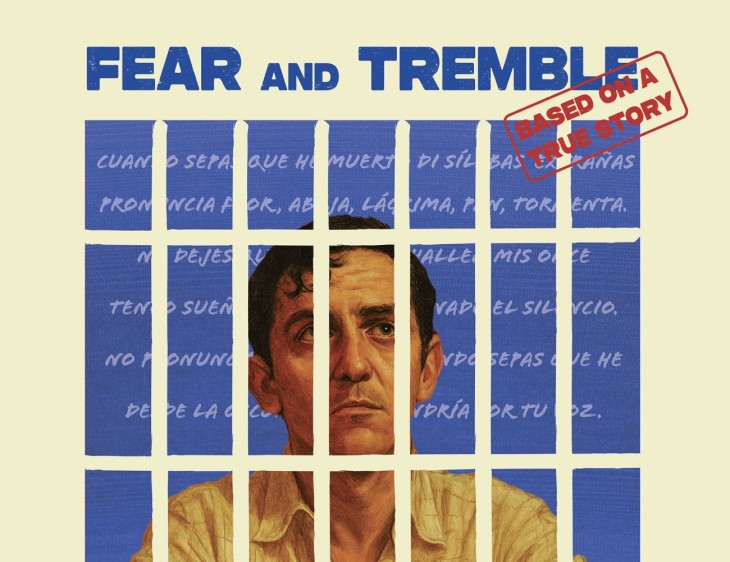Part II: Who pays the proposed transfer tax and where does the money go?

Last week, we introduced the proposed tax as a key element in the fundamental ongoing restructuring of the city’s commercial and residential balance, as well as the long-term implications of this restructuring. We discussed the inexplicable conversion of Downtown into residential when Downtown comprises 4.5% (0.38 sq mi) of Santa Monica’s geography and generated 35% of the City’s taxable sales as recently as 2015.
It is not a stretch to say that if competent DTSM and City management, in partnership with property and business owners of our commercial Downtown, had fostered growth of between 3% and 5% since 2015, related annual incremental sales taxes of up to 60% of reasonably anticipated revenues under this proposed tax could have been realized by 2027. And, such sales taxes are not easily circumvented as a transfer tax can be, so future tax growth is assured. Intense refocus on Downtown and the Promenade could still deliver the majority of these benefits in the long term, albeit with headwinds caused by the loss of Parking Structure 3.
So, this week, we focus on the proposed transfer tax itself, the rationale, implementation issues and why it’s a bad idea for Santa Monica.
Is this tax entirely incremental? No.
Despite the marketing, this tax is not entirely incremental. It will create reductions in the rate of growth of property tax revenues for both the city and school district. How? The size of this tax will encourage avoidance while the objective is designed to accelerate the rate of affordable housing additions. Both outcomes reduce property taxes.
Does Santa Monica need more tax revenue? No.
Santa Monica is one of the highest taxed cities in the country. It has a spending problem, not a revenue problem. In a survey of 38 California cities, including all cities with populations greater than 200,000, Santa Monica ranked third in total annual revenue per resident at $6,400, behind only San Francisco and Beverly Hills. In a national survey of 120 cities with populations over 200,000, Santa Monica would have ranked sixth in revenue per resident. Santa Monica needs to make much better use of the revenues it receives.
Why a Real Estate Transfer Tax?
The underlying assumption is that those that are selling expensive properties have huge gains and can easily “afford” such a tax. But, for every seller there is a buyer. At the initiative’s $8 million threshold, it will add an immediate $400,000 liability on any sale, regardless of how long the property has been held, even if only for one week.
Are there any exclusions to this tax?
The only exclusion is for sales that result in the properties becoming essentially deed restricted affordable housing. Churches and other non-profits would be subject to the tax. These excluded sales will essentially remove the properties from the property tax rolls.
Who will pay this tax? Primarily single-family homeowners.
Residents will disproportionately shoulder the tax burden, for two reasons. First, in Santa Monica there is a far higher turnover of qualifying single-family residential real estate in any given year than there is commercial.
By one estimate, there were 45 qualifying transactions in the last 12 months of which residential sales accounted for around 79% of the total real estate sales value. Of that total, there were 34 single family residence sales accounting for around 78% of the residential sales value while five apartment house transactions of 5+ units represented about 21%.
Second, ownership of commercial and multi-family properties is likely easier to structure as a partnership or a corporation to reduce the chance that it will be subject to this tax since share transfers could be structured over time that would not trigger the recording of an ownership change. That said, as a potential indicator of single family residential ownership structure flexibility, a recent Washington Post analysis noted that 24% of 2021 recorded ownership transfers in the 90402 ZIP code were not to individuals.(a)
How significant, and damaging, are the loopholes to avoid this tax?
The higher a tax is, the more incentive there is to avoid it. Avoiding this tax means transfers would not be viewed as a sale. The harm associated with this avoidance is greatly amplified since it would also automatically avoid property tax reassessment.
This initiative keeps in place key loopholes to escape this tax and explicitly acknowledges one of the most common, ownership by partnership. Partnerships allow interests to be transferred tax free if they meet IRS guidelines. Other examples include using a corporate structure to transfer control of properties with stock sales. This is best illustrated by the infamous 2006 Dell acquisition of the Miramar which was never recorded as a sale and no property tax reassessment occurred.
Other strategies include subdividing property where the parts are less than the whole, very long-term ground or other leases such as was proposed for the abandoned Plaza deal and delaying collection indefinitely by triggering the payment of tax based on recording deeds.
What, exactly, is the justification being provided?
The draft initiative’s narrative frames high property values in the city as being a consequence of the “ongoing quality of the community and taxpayer funded services in Santa Monica, including public educational programs.” Reality is completely unrelated to this narrative.
Is Santa Monica real estate value appreciation unique? No.
Appreciation of real estate values in this city is part of the increasing regional unaffordability. It is the result of regional economic and investment forces impacting all Southern California cities and coastal areas more specifically.
Do real estate values reflect a community of increased services and safety? No.
Home values in Santa Monica have benefitted from these regional trends despite continuing cutbacks in resident-funded services, continuously elevated crime levels and the daily impacts of failed homeless policies.
Are public schools a key driver? No.
School district enrollment, of which approximately 20% is out-of-district permitted students, has been steadily declining. The district projects further declines of 18% to 24% from 2020 to 2030.
So, what about the idea of “Homelessness Prevention”?
This is a talking point on “prevention.” It does not address the chronically failed homeless policies. It is defined as “ongoing or emergency income assistance to Santa Monica households that are both rent burdened and either Extremely Low-Income Households, Very Low-Income Households or Low-Income Households.”
There are no criteria for “ongoing” or “emergency” and no delineation of funding for either. All of that is left to a new politically appointed commission. So, the more “ongoing” there are, the fewer “emergency” resources there would be.
Applicability is opaque since the definitions of the income categories are flexible depending on the geographic reference point (SM, LA County, LA City, etc.). Today, the city of Santa Monica lists an individual income of up to $94,700 as eligible for a below-market-rate unit.
The actual risk to Santa Monica residents of becoming homeless has never been either directly researched or documented by the City. Instead, the City has relied upon high-level, federally sourced extrapolations of sample data with potentially high margins of error.
The annual homeless count data also has no reference relevance. The count is neither statistically valid nor does it allow the collection of demographic information. Thus, the city has no documented idea if any of those homeless are formerly housed Santa Monica residents. Anecdotal information from service providers indicates that there are likely no formerly housed Santa Monica residents among the City’s homeless population.
If such a significant tax is to be levied on residents for a stated purpose, we should expect to see an actual, robust, and methodologically valid analysis of actual city needs PRIOR TO proposing such a tax as well as plans for mandatory systemic ongoing analysis to assess effectiveness. None of that is present in this proposal.
While a transparent and objective process for the awarding and administering of any such funds is critical and mandatory, it has been disregarded in favor of a future political process.
Finally, the structure of the tax is unsuited to an ongoing benefits program. With funding based on market-driven qualifying annual transactions combined with the measure’s incentive to reduce those qualifying sales transactions, funding variability could result in reductions of committed assistance in years of reduced tax receipts.
What About Affordable Housing?
It would be very hard to find another city with such historically focused priorities on housing. Under the historically balanced commercial / residential city revenue mix, the city has been able to dedicate $1.4 billion on housing and community development (HCD) since 2004. The city spend on HCD has averaged about $60 million per year over the past 6 years, excluding 2021. In 2021, the amount was $40 million.
This record has provided our mayor, on multiple occasions, with the confidence to verbally challenge California’s HCD proposed enforcement with the point that no city has done more than Santa Monica for affordable housing.
That said, there has been no local, systematic and valid needs analysis by the City, or the state, to determine how much affordable housing is actually appropriate for Santa Monica as the issue is regional in origin. A March 2022 state audit report(b) of the state’s high-level model driven Regional Housing Needs Assessment (RHNA) program that assigned the 6,158 affordable housing unit mandate to Santa Monica has been found to have used unverified data, was judged deficient in adequately considering key factors required for housing needs assessments, and was insufficiently reviewed.
What about the “additional” funding for schools?
The tax will not be entirely incremental to the schools despite the language in the measure since it could result in significant reductions to property tax growth from two factors. First, a key objective of this tax initiative is accelerated additions to the affordable housing stock which eliminates those properties from the tax rolls. Second, the size of the tax will incentivize legal avoidance, reducing reassessments.
Property taxes represent about 81% of net District unrestricted general fund revenue. The proposed annual $10 million allocation from this tax represents a ~10% supplement to the existing property tax receipts which will likely function as a buffer for anticipated future declines in growth.
Even at current levels of funding, the school district does not lack revenue. One of the premiere global ratings agencies in the world, Standard and Poors, noted in a 2019 bond credit review that the SMMUSD had “…supplemental revenue, which is unusual in the state…. These sources generated a combined 25.6% of general fund revenue in fiscal 2018.”
So, despite being one of the best-funded districts in the state, the district cannot manage its spending.
Are there spending controls proposed for the non-school district funds? No.
The actual criteria, controls and administration of the funds are being left to a future 11- member politically appointed “Resident Oversight Committee.“ So, we won’t know until well after the proposed ballot measure has passed whether or not the residents will have a say.
And, while annual audits of the spend of the housing-related funds and expenditures will be performed, they will only certify that the funds were spent on the intended purpose. They will not comment on how equitably they were allocated or on the efficiencies or effectiveness of the spends.
Should Santa Monica Residents support the highest real estate transfer tax in the state? No.
• The transfer tax strategy represents a discriminatory and highly significant tax on a small subset of residents
• Incentivizes increased use tax-avoidance (and initiative-approved) loopholes that avoid recording transfers as sales, which also exempts them from property tax reassessments, impacting a key school and city funding source
• Has no sunset provision and no defined targeted outcomes
• Disincentivizes the City from pursuing larger federal, regional and state funding solutions for affordable housing and housing assistance
• Continues the implementation of a negligent decommercialization strategy:
- Disables the balanced fiscal model that has served the city for generations and that has reliably delivered $60 million per year in HCD resourcing.
- Incentivizes replacement of low-city cost commercial with residential, exacerbating the growing imbalance between revenue generation and city costs
- Reduces spare organic growth in tax capacity to fund growing future infrastructure and service fees to support the Council-enabled uncontrolled development across the entire city; incentivizes further direct taxation of single-family residents
• Ignores the need to fix the city’s homeless and crime issues
• Compounds the City’s disastrous acceptance of state housing quotas that have no funding for infrastructure or services
• Disincentivizes the City from right-sizing and streamlining its operations to unlock and redirect existing tax revenues that could fund the amounts envisioned by this tax.
- Makes sure Casinos have a hard time opening in Santa Monica
The adverse unintended consequences of such a poorly conceived initiative will far outweigh not only its objectives but carry the potential for additional substantial harm to our already poorly managed city.
Santa Monica does not deserve such a divisive, discriminatory, and permanently destabilizing policy initiative.
By Marc L. Verville for SMa.r.t. (Santa Monica Architects for a Responsible Tomorrow).
Thane Roberts, Architect, Robert H. Taylor AIA; Ron Goldman FAIA, Architect; Dan Jansenson, Architect, Building and Fire-Life Safety Commission; Samuel Tolkin Architect; Mario Fonda Bonardi, AIA, Planning Commissioner; Marc L. Verville M.B.A., CPA (inactive); Michael Jolly, AIRCRE
References
(a) Investors bought a record share of homes in 2021, Washington Post 02-16-2022 https://www.washingtonpost.com/business/interactive/2022/housing-market-investors/
(b) California State Auditor | Report 2021-125, March 2022
https://www.auditor.ca.gov/pdfs/reports/2021-125.pdf



